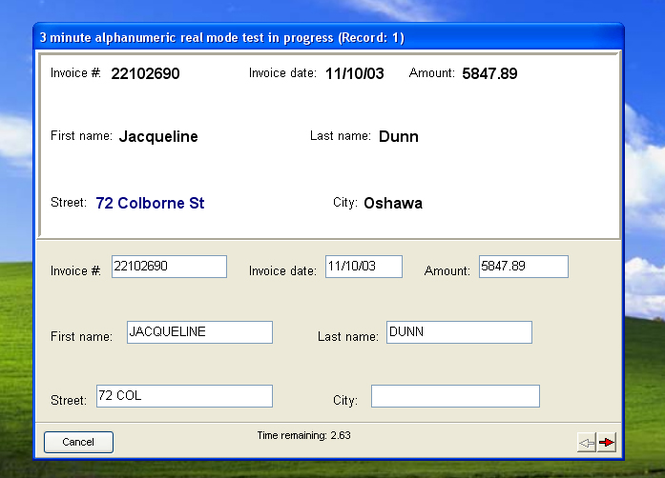
Mechanical keyboards tend to be more tactile. The feedback can be audible through a clicking sound, for instance, as well as visual in that you’re watching your fingers press the keys, which spring back and raise the keycap. It’s associated with the position that the key travels to when generating a keystroke. Tactility refers to the feedback and resistance that you receive when typing. Shorter actuation distance doesn’t automatically make you a better gamer you may make more keyboard mistakes, for instance, because of the lighter feel. An average rating for most mechanical keyboards is 2 mm, though there are some as low as 1 mm. It’s measured from the top of the keycap. The actuation distance is the distance which the switch needs to depress to register as an input. Most mechanical keyboards range from 45 to 60 grams. In other words, it measures how hard you need to press the key so that it’s recognized by the keyboard.Īctuation force varies widely and can range from 35 grams to as high as 350 grams. It’s the key travel distance where the key is actually recognized by the keyboard. Here are a few characteristics to think about when selecting your mechanical keyboard.Īctuation force is the force required to press the key on the keyboard. Still others want the best of both in a hybrid.

At the same time, some gamers appreciate the smaller footprint, portability, and lower price points of the membrane keyboards. Most gamers prefer mechanical keyboards because they’re more tactile, durable, and faster.
Average keystrokes per hour Pc#
Now there are several PC keyboard manufacturers who are developing these switches including Razer, Logitech, Corsair, and others.Įach switch varies depending on several characteristics, including auditory and tactile nature of the switch, the amount of force needed to actuate it, and the keyboard's application or user preference. In the early 1980s, a company called Cherry used to exclusively develop and manufacture plastic key switches called Cherry MX switches, which are often referenced by key stem color. Linear switches need to be pushed all the way down, while tactile switches only need to be pushed about halfway down to activate, so you can move to the next key more quickly and easily. Most mechanical keyboard switches are either linear or tactile. So when you press the key, you feel it and you’ll hear a “clicking” sound to let you know that you’ve pressed the key hard enough to register (and that you haven’t missed a letter or number). Typing on a mechanical keyboard means pressing down on a keycap, which activates an actual physical switch underneath that’s spring-loaded. Housing: the case holding together all the components.Stem: the part underneath the keycap that moves down when pressed.

Keycap: the top cap with the letter/number.These keyboard switches are comprised of:

A more proper definition is that mechanical keyboards are made with high-quality plastic key switches underneath each of the keycaps. Mechanical keyboards are the keyboards that most people picture when they think about keyboards they’re the classic-looking, sturdy keyboards from the 1980s. Keyboards are classified by the types of switch technology that they use, and they’re separated broadly into two principal groups: mechanical keyboards and membrane keyboards. You may not be aware, however, that you actually have more of a choice in the matter. And you most likely know that having the right keyboard can actually make or break that experience. As a gamer, you know how important your peripherals are to your gaming experience.


 0 kommentar(er)
0 kommentar(er)
